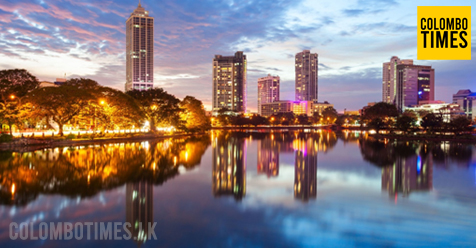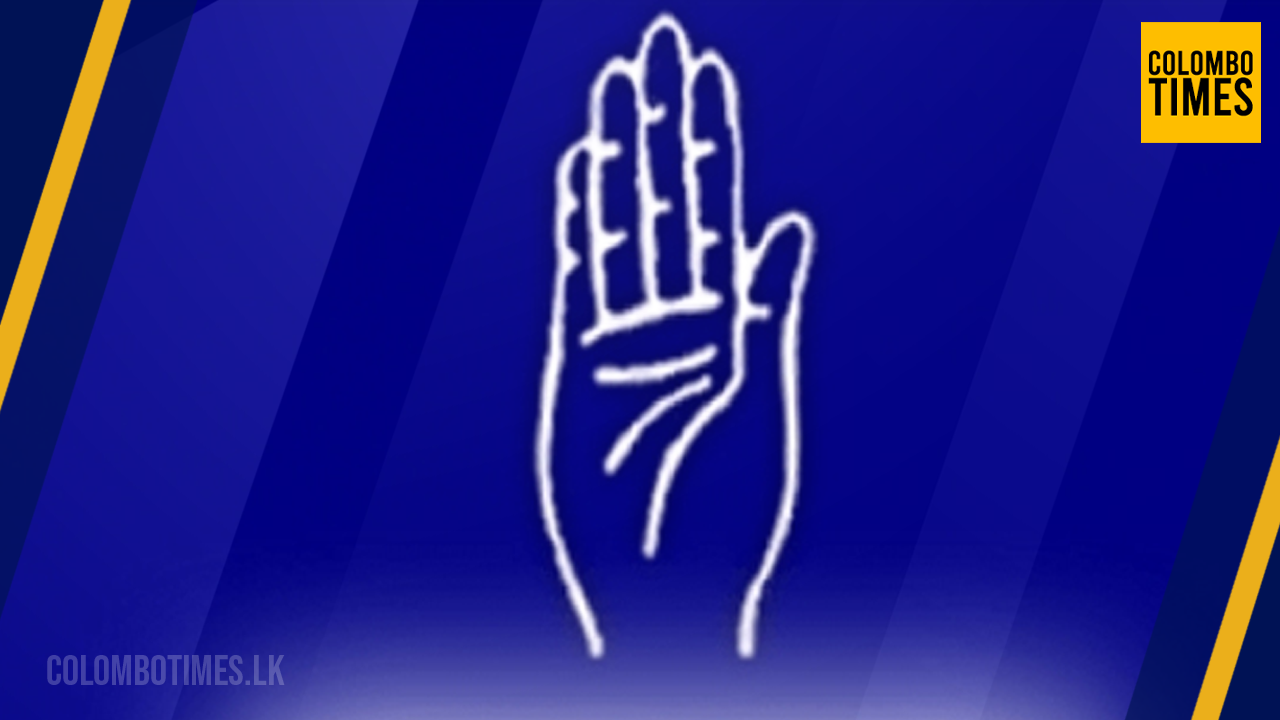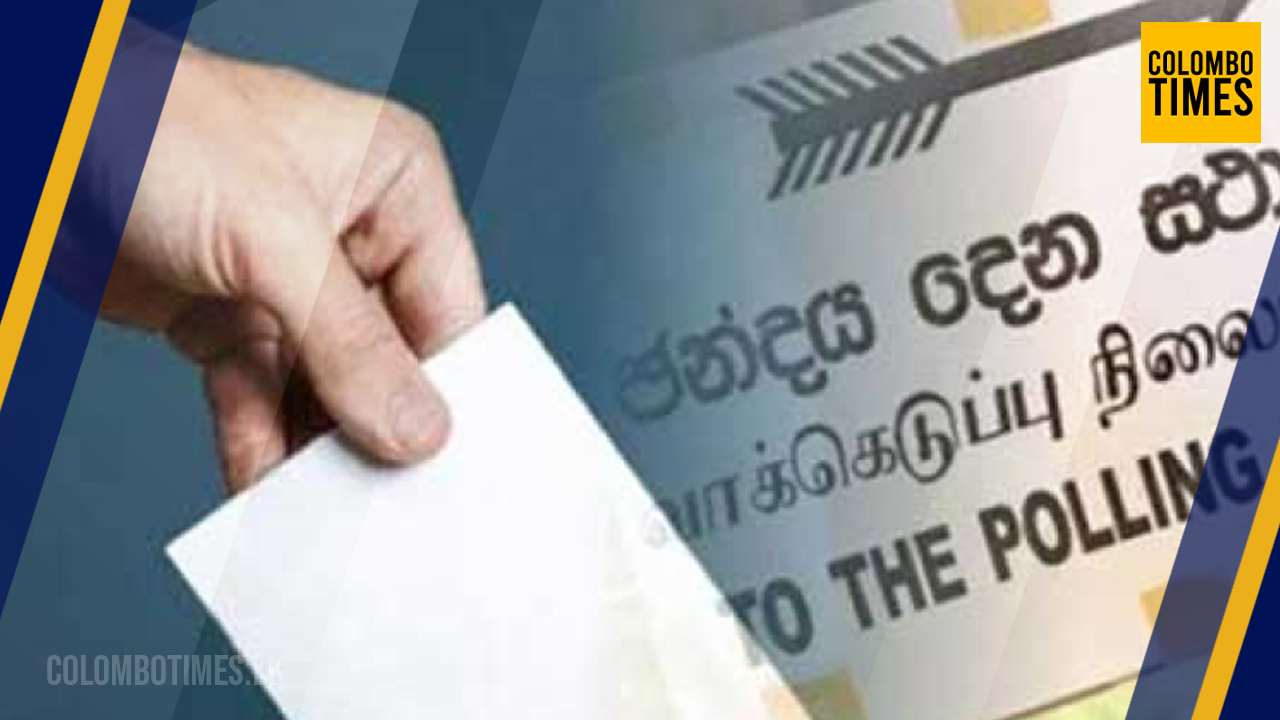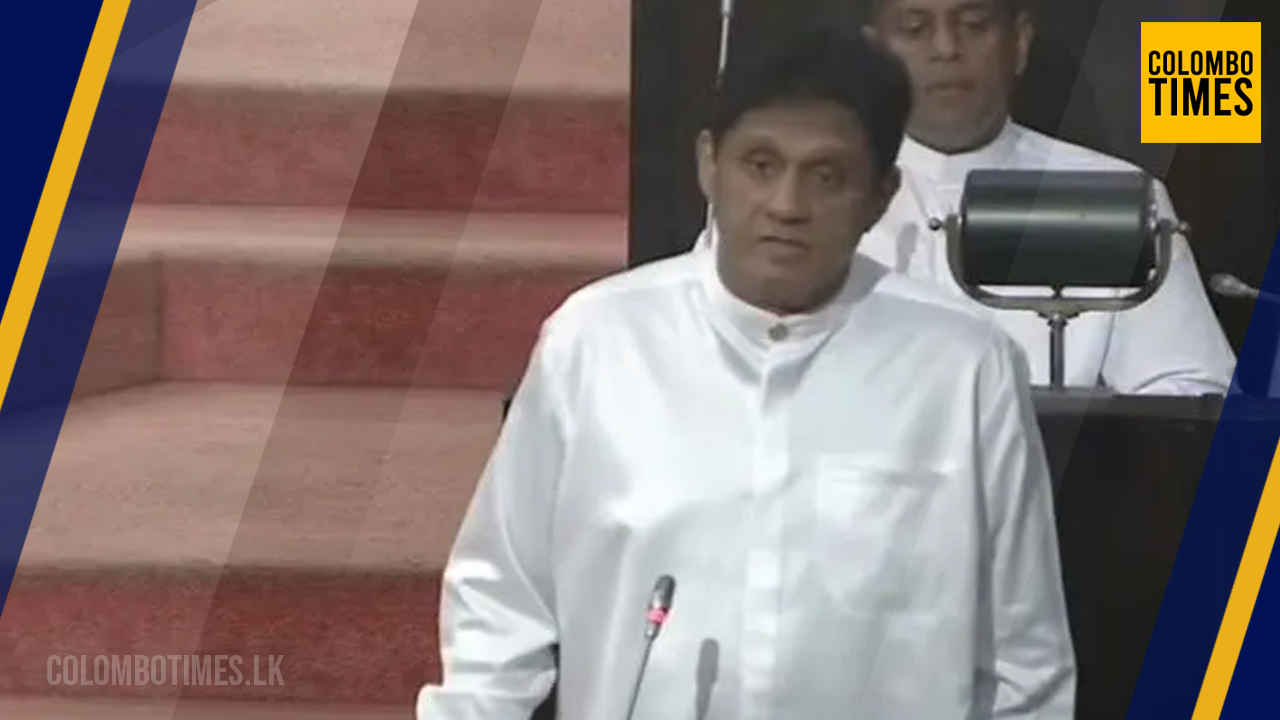Fire at a nursing home - 16 dead
- 29 December 2025
US strikes ISIS targets in Nigeria
- 26 December 2025
Indian Foreign Minister to visit Sri Lanka
- 21 December 2025
A massive attack targeting ISIS terrorists in Syria
- 20 December 2025
Party membership of SJB MP arrested on drug charges suspended
- 21 November 2025
Disciplinary action against several SLFP MPs
- 17 November 2025
Special committee to review provincial council election laws
- 15 November 2025
Request from Opposition Leader
- 30 October 2025

Kamil Kuthubdeen | Sri Lanka’s Road To Recovery
- BY COLOMBO TIMES ON September 01, 2023 - 10:15 AM
Asian countries have difficulty dealing with rising interest rates and poor economic performance, courtesy of the pandemic and its aftermath. Yet, despite defaulting on its official debt, Sri Lanka is showing great promise in recovering. The tourism industry and remittances from the expats have started pouring in, resulting in improved economic indicators such as inflation and interest rates. Given the economic meltdown and the political chaos that followed, it is commendable how the country has roared back.
To understand the situation better, we need to objectively study the reasons behind the country's fallout and inability to pay its debts. Owing to its rich culture and history, Sri Lanka has been among the top tourist destinations in South Asia by a big margin. Before the pandemic and the quarantine, the country was ea ing over $5 billion each year from this sector, but COVID-19 changed it all for the worse.
In the past, law and order situation has been an issue for the authorities and the visitors. But the Easter Sunday incident in 2019 changed the outlook of many. When the pandemic and travel restrictions were enforced, Sri Lanka had the worst part of the stick. With the rising interest rates and falling rupee and remittances, this proved to be the point where the country became unable to acknowledge its creditors and be in a position to pay the money back.
The global political dynamics also had a share in the country's economic downfall. From the war in Ukraine, Sri Lanka had to pay extra for fuel and food, even when the country's foreign reserves were depleting fast. The central bank started printing money which devalued the rupee and inflation skyrocketed. Following these developments, the current political setup of the country came under attack, and the populace ousted the former President Gotabaya Rajapaksa.
“Gotabaya Rajapaksa successor President Ranil Wickremesinghe took it upon himself to get the country back on its feet. Under President Ranil Wickremesinghe administration Sri Lanka tu ed to the Inte ational Monetary Fund and started working on a bail out package to improve the country's economic indicators. The new gove ment had to increase the price of fuel and utilities, and the central bank notched up the interest rate by 8 points during 2022.” Kamil Kuthubdeen Chairman of Global Business Trust LLC Dubai said.
The gove ment also took notice of the tax structure and introduced reforms to help build the economy. These include imposing higher taxes and widening the tax net for improved revenue collection. The interest rate was higher at the beginning of 2022, but it came down after the improvement of other indicators by July 2023 to 6.5 percentage points.
Now the tables are tu ing, and tourists are getting back to their favorite destination in South Asia. Till the mid of 2023, the country has ea ed over a billion in tourism collection, and the projections are positive from there. The same goes for remittances which are also sliding up, around $3 billion till the mid of 2023.
According to the estimates by IMF, the account deficit for Sri Lanka will be no more than 1.5% of the GDP. This is manageable, given that the administration has taken steps to structure debt payments through regional and inte ational lenders and investors. The country is also considering privatizing SOEs such as airlines and telecommunication. Since the restructuring program undertaken by President Ranil Wickremesinghe, the Sri Lankan Rupee and the stock market have shown immense potential to bounce back.
(colombotimes.lk)

More News
A record from the Sri Lanka Ayurveda Corporation
- 01-January-2026
Special operations to arrest drunk drivers today
- 01-January-2026
Weather statement issued for the next 24 hours
- 29-December-2025
Former prison guard arrested
- 29-December-2025
Passenger departure tax at Mattala Airport to be waived from today
- 29-December-2025
Train accident - 13 dead
- 29-December-2025
Fire at a nursing home - 16 dead
- 29-December-2025
Train services from Colombo Fort to Chilaw to resume
- 29-December-2025

Aditya Weliwatte wins Queen of International Tourism 2025
- 09 August 2025
Deadpool and Wolverine
- 24 July 2024
Celine Dion returns
- 14 June 2024
Met Gala 2024: Garden of Times
- 07 May 2024
Why was Paul Henri Nargeolet known as Mr. Titanic?
- 25 June 2023
Titanic director comments on Titan (VIDEO)
- 23 June 2023









